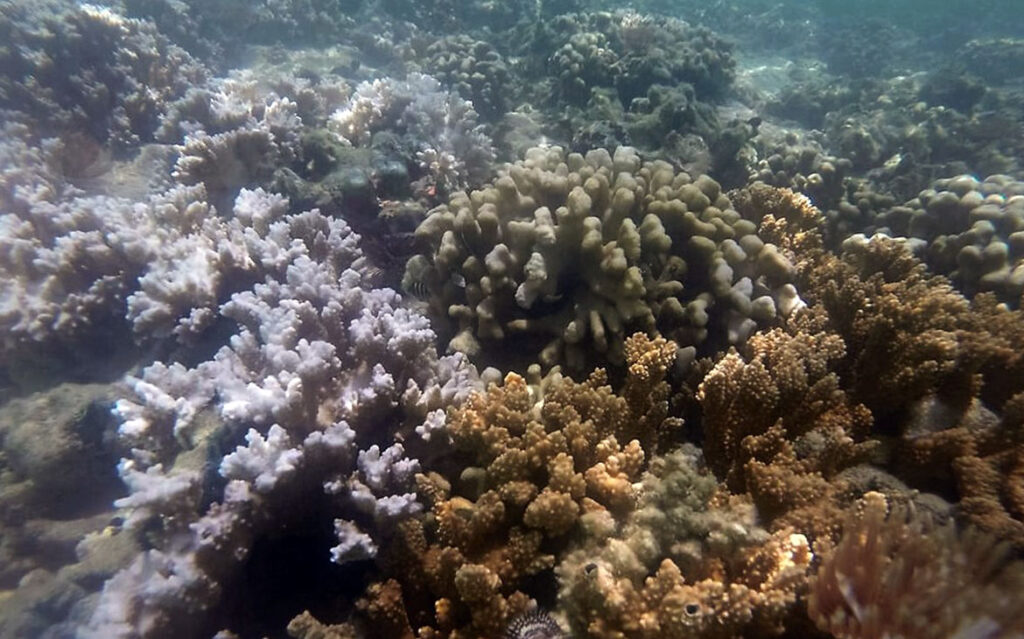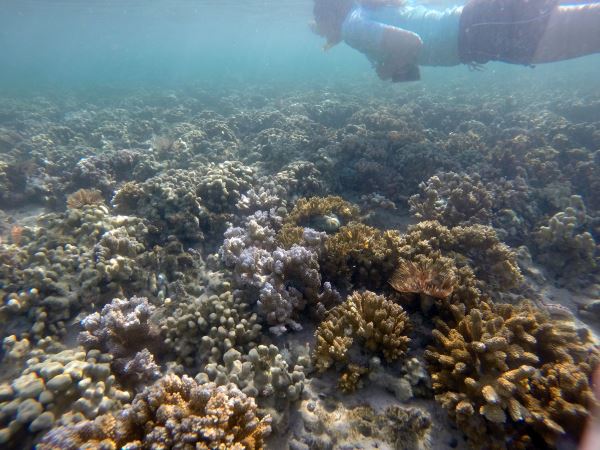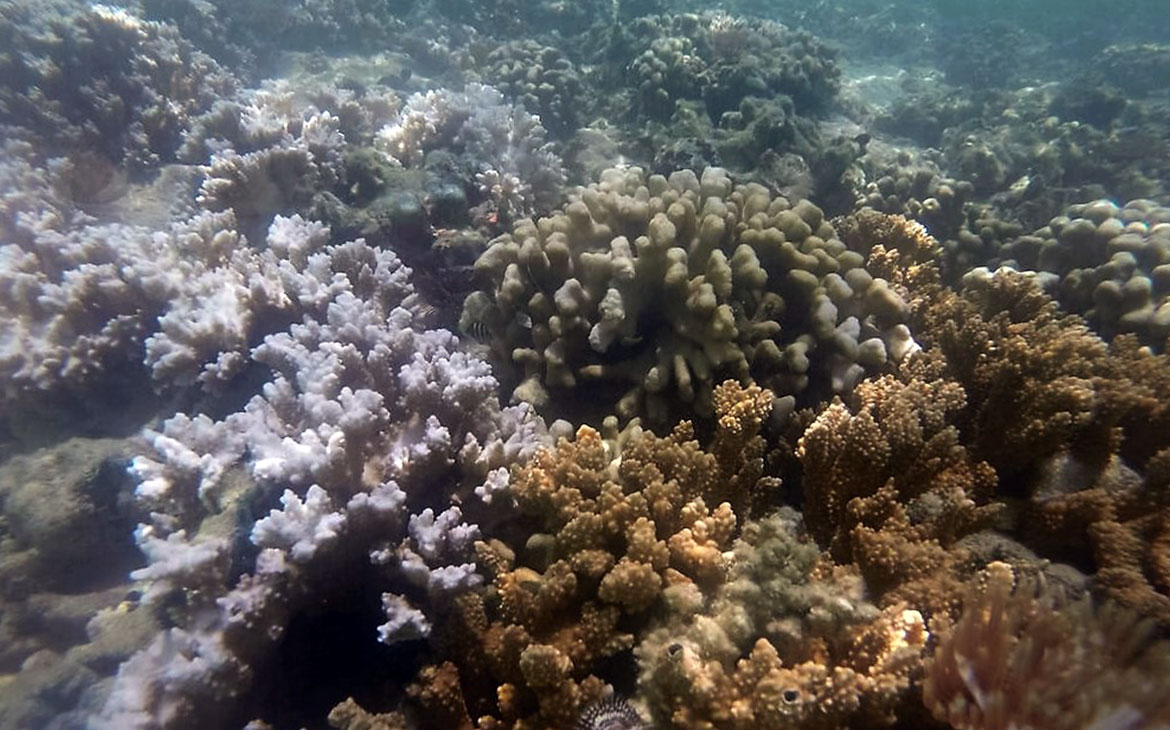The last two summers in Hawaii were hot, hot, hot. Our temperature loggers in the water reached temperatures of over 32˚C (over 90˚F!) on the reef crest. Many of the corals we study were clearly stressed and bleached – they lost their algal symbionts which usually give them a golden brown color. When bleached, the corals become bone white. Coral bleaching has grabbed headlines this year as the world experienced a third global coral bleaching event – the longest bleaching event, reaching the most reefs in recorded history. As we exit this event, the ocean is left with fewer corals and people are left more vulnerable to climate change. Corals build reefs that support billions of dollars worth of services to humans, such as fisheries, storm protection and tourism. Although the U.S. Hawaiian Islands experienced their worse bleaching on record, many corals survived and some individuals didn’t bleach at all. These resilient corals may hold the key to the future survival of corals and all of the animals that live on coral reefs. Members of da LARVaE lab are collaborating with scientists at the Hawaii Institute of Marine Biology and the University of Rhode Island to identify why these corals didn’t bleach when their neighbors did.

Temperature tolerance could be built up over time due to exposure – just like in early spring on the East Coast, we think 50˚ F is warm, but by the end of summer, the same temperature feels freezing cold. We have transplanted corals between areas that get very hot and areas that stay cooler to determine if and how the Hawaiian corals can gain (or loose) temperature tolerance over time and whether this can be passed on to the next generation.

Aside from tolerance due to exposure, there is also a clear genetic component to temperature tolerance. The corals right next to each other should have had the same exposure, but still have clearly different temperature tolerances. However, what appears to be a single coral individual – a colony – may not be so. It may be multiple coral individuals working together for the success of the whole colony – a chimera. When coral larvae settle, they often find a place close to other settlers like them. These individual settlers can fuse together to form a chimeric colony. This is like an apartment building (chimera) compared to a single family home. This would increase the genetic diversity within a colony and set up the possibility for cooperation among individual corals. We are testing whether those colonies resistant to bleaching are actually chimeras.

With increased diversity comes the potential to excel across multiple environmental conditions. Consider the US women’s Olympics team, they are not experts at all events but together as a team they excelled at everything. Similarly, some genotypes may be better in cool conditions while others are best in warm conditions. We are developing techniques that can temporarily knockdown genes in corals to tease apart which genes are important for surviving the heat and preventing coral bleaching.

